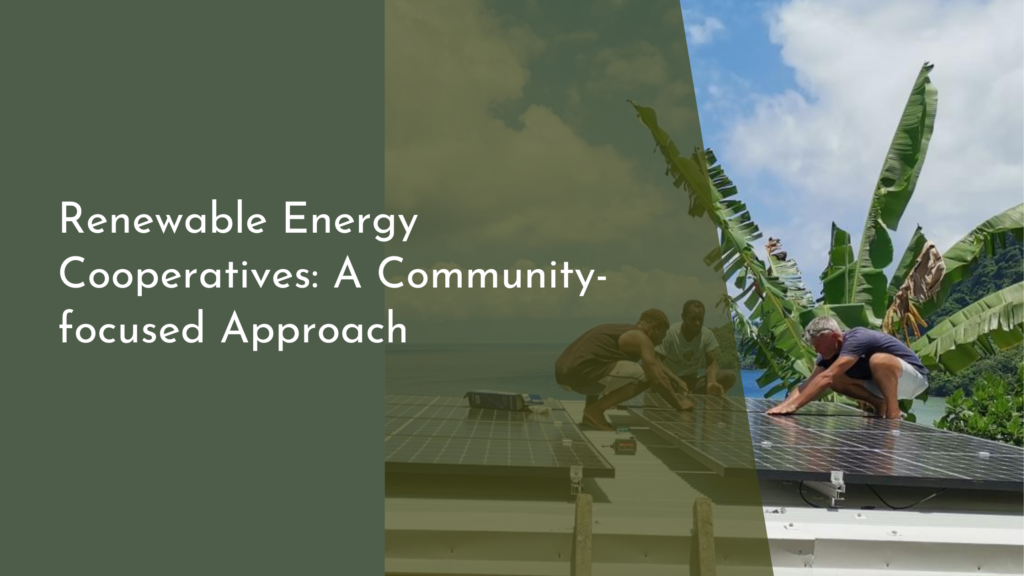Urban Forestry and Sustainable Lighting Solutions
In the bustling heart of urban landscapes, a harmonious blend of nature and technology is emerging, paving the way for greener, healthier cities. Urban forestry and sustainable lighting solutions are two critical components that work hand in hand to create vibrant, livable environments. This article explores the myriad benefits of urban forestry initiatives, innovative lighting strategies, and their collective impact on city health. Join us on this journey toward a sustainable future, where nature and urbanity coexist in perfect unison!
Discovering the Benefits of Urban Forestry Initiatives
Urban forestry initiatives are transforming the way cities interact with nature, bringing a plethora of benefits to both residents and the environment. By planting trees and enhancing green spaces, cities can improve air quality, reduce urban heat, and promote biodiversity. Trees act as natural air filters, absorbing pollutants and releasing oxygen, creating a cleaner atmosphere for city dwellers. Moreover, they provide crucial habitats for various species, fostering biodiversity right in the heart of urban areas.
Additionally, the aesthetic appeal of green spaces cannot be overstated. Well-planned urban forests improve property values, strengthen community ties, and offer recreational opportunities for residents. They provide a serene escape from the hustle and bustle of city life, encouraging outdoor activities and promoting mental well-being. By investing in urban forestry initiatives, cities are not only beautifying their landscapes but also enhancing the overall quality of life for their inhabitants.
Bright Ideas: Sustainable Lighting for Urban Landscapes
The integration of sustainable lighting solutions in urban areas plays a pivotal role in creating safe, inviting spaces during nighttime hours. Traditional street lighting often consumes vast amounts of energy, contributing to carbon emissions and environmental degradation. However, innovative lighting technologies, such as LED fixtures and solar-powered lights, are revolutionizing urban lighting by providing energy-efficient alternatives. Not only do these solutions decrease energy consumption, but they also reduce light pollution, allowing for a more natural nighttime environment.
Moreover, sustainable lighting can enhance public safety and encourage social interaction in urban settings. Thoughtfully designed lighting can illuminate pathways, parks, and communal areas, making them more accessible and inviting. By incorporating smart lighting systems that adjust brightness based on pedestrian activity, cities can optimize energy use while maintaining a vibrant atmosphere. This fusion of sustainability and safety ensures that urban landscapes remain lively and welcoming after dark.
How Trees and Lights Work Together for City Health
The synergy between urban forestry and lighting solutions is key to promoting holistic city health. Trees not only beautify streets and parks; they also create microclimates that can mitigate the heat generated by artificial lighting. By strategically planting trees near light sources, cities can enhance energy efficiency and reduce the need for excessive artificial illumination. This clever interplay not only conserves energy but also fosters a more comfortable outdoor environment for residents.
Furthermore, trees contribute to the psychological well-being of urban populations. Studies have shown that exposure to nature reduces stress and enhances mood, which is particularly important in densely populated areas. When combined with efficient lighting, urban forests create inviting spaces that encourage community engagement and outdoor activities, leading to healthier, more active lifestyles. The collaboration between greenery and lighting solutions exemplifies how thoughtful urban design can foster a sense of belonging and well-being in city environments.
Join the Movement: Greener Cities Through Smart Solutions
As urban populations continue to grow, the need for sustainable urban planning becomes increasingly urgent. Fortunately, there is a growing movement across cities worldwide to embrace urban forestry and innovative lighting solutions as integral parts of the urban ecosystem. Community initiatives, educational programs, and government policies are encouraging residents to take an active role in greening their neighborhoods and advocating for smart lighting technologies. Together, these efforts contribute to a collaborative vision of urban sustainability.
Engaging with urban forestry and sustainable lighting initiatives is not just for city planners and policymakers; it is a call to action for everyone. Residents can participate by planting trees, participating in local cleanup efforts, or advocating for better lighting in their communities. By joining forces, we can create greener cities that thrive on sustainability, offering a brighter future for generations to come. So, let’s embrace this movement together and cultivate urban environments that are as beautiful as they are sustainable!
In conclusion, the combination of urban forestry and sustainable lighting solutions is a powerful approach to enhancing the health and livability of cities. These initiatives offer numerous benefits, including improved air quality, energy efficiency, and community well-being. As we work together to implement these strategies, we pave the way for a more sustainable urban future. Let’s celebrate and support the green initiatives that are transforming our cities into happier, healthier places to live!

